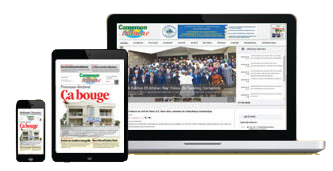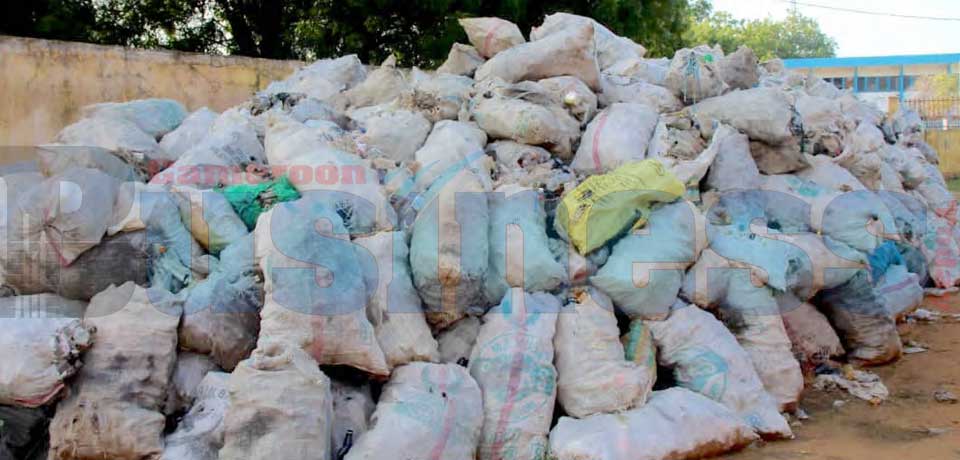The Micro finance sector is flourishing in Cameroon and it constitutes the primary source for the financing of the economy as well as succour to those hitherto excluded from classical banking system.
T he advent of Micro Finance Institutions (MFI) in Cameroon since 1963 in the North West Region where the first Credit Union was opened, heralded hope for the population who still consider classical banking as an elitist affair. Today, the micro finance sector has evolved drastically, forming a major bedrock in Cameroon’s financial system. Going by the latest statistics of the Ministry of Finance published in early 2022, some 402 Micro Finance Institutions are accredited to operate in the country. This is a clear illustration that the sector is waxing strong and providing relief to the majority of the population that was hitherto excluded from the classical banking services. The MFIs which exist in three different categories (Categories 1, 2 and 3) provides basic financial services to a broad-based segment of the population. One of the objectives of MFIs is to fight against poverty reason why their services are open to even the grassroots people considered to be poor. Nfor Killian, a manager of a MFI in Yaounde affirms that the objective of MFIs is to provide better access to small loans that are not offered by formal financial institutions. This helps to improve the welfare of the poor and positively impacts on the development of SMEs in Cameroon. At end-December 2019, a note of the Ministry of Finance indicated that the total equity of the microfinance sector was FCFA 2,122.9 billion (representing 32.8 per cent of commercial banks’ equity). Deposits stood at FCFA 90.09 billion (18.5 per cent of deposits recorded by banks) and credits reached FCFA 839.14 billion (22.90 per cent of the credits granted by banks by that period). Apart from the deposits, all the figures recorded in the ...

















Commentaires